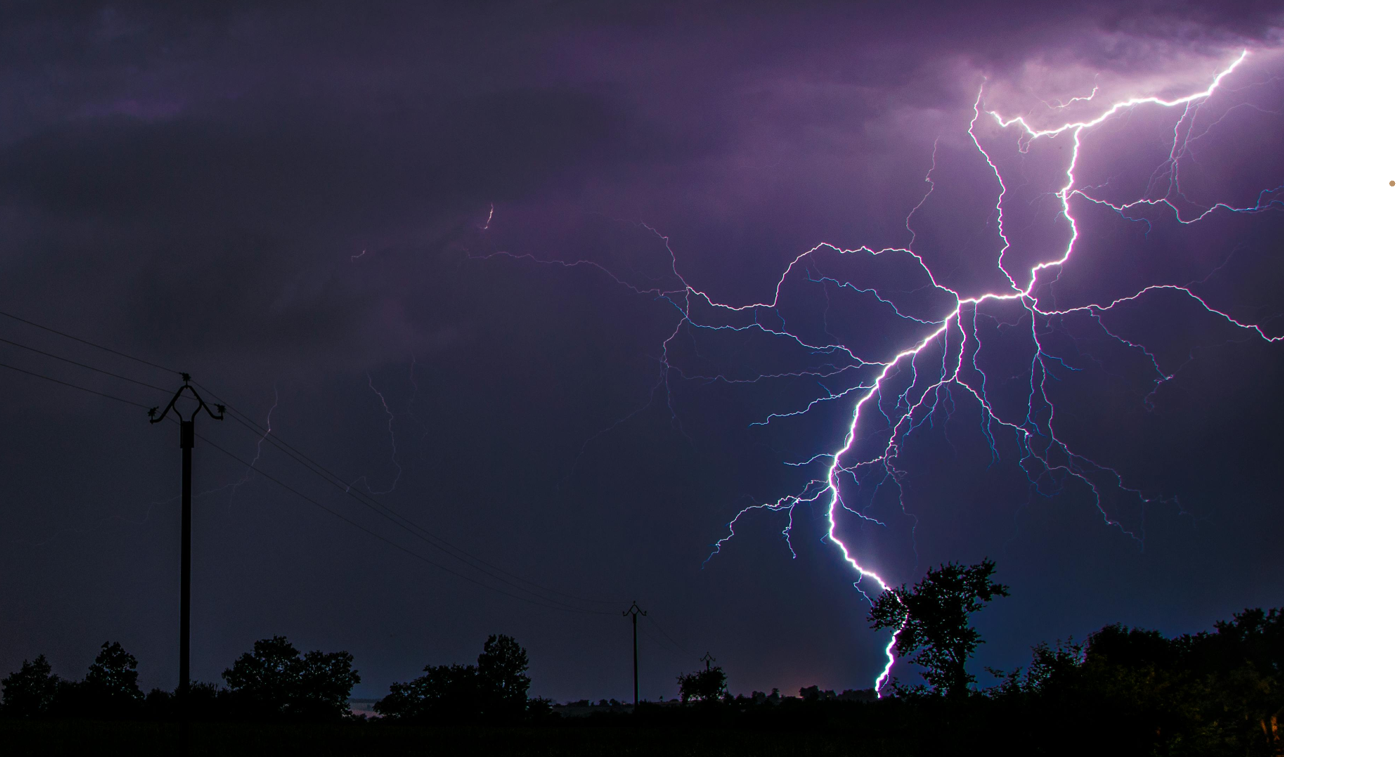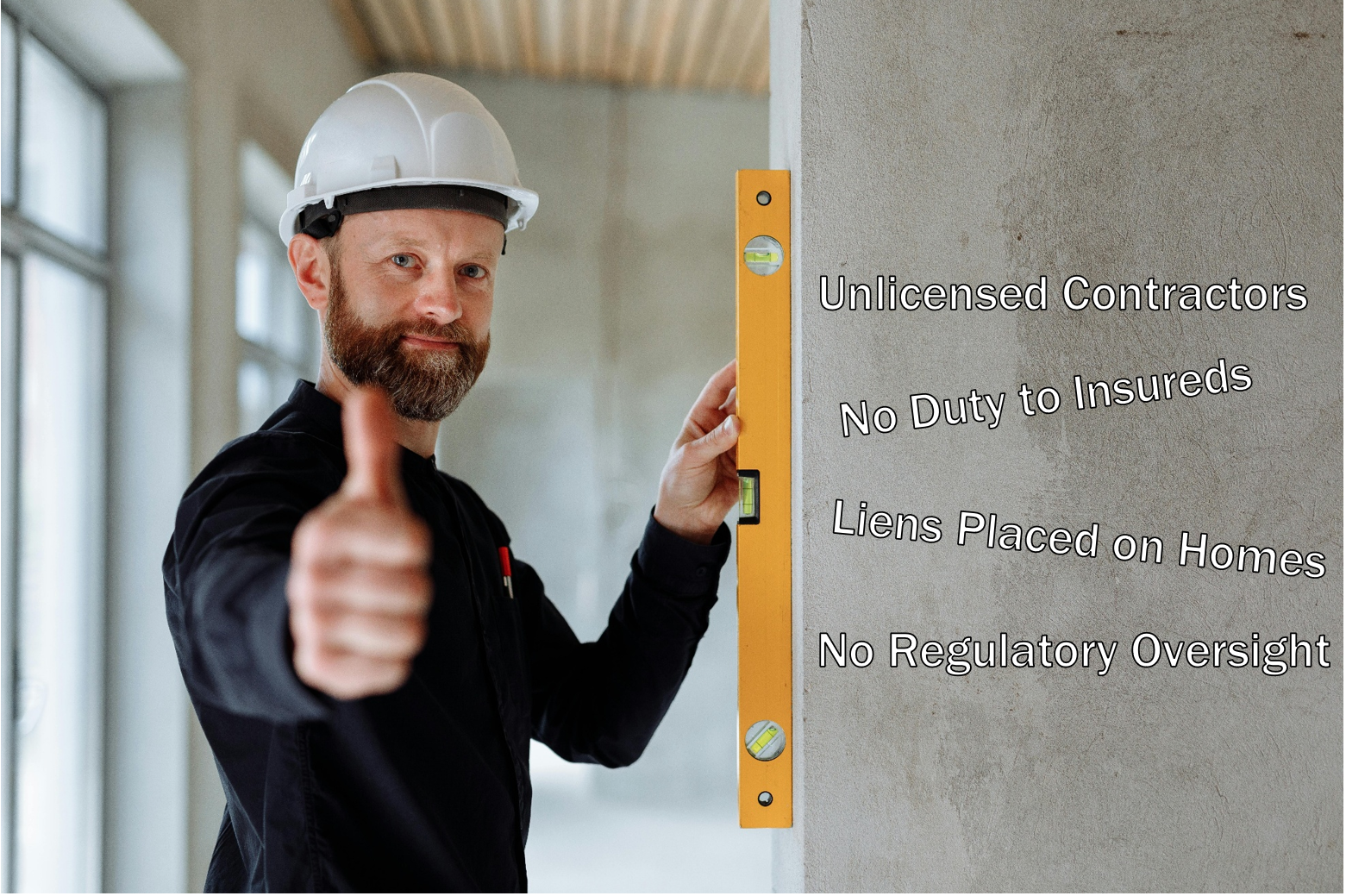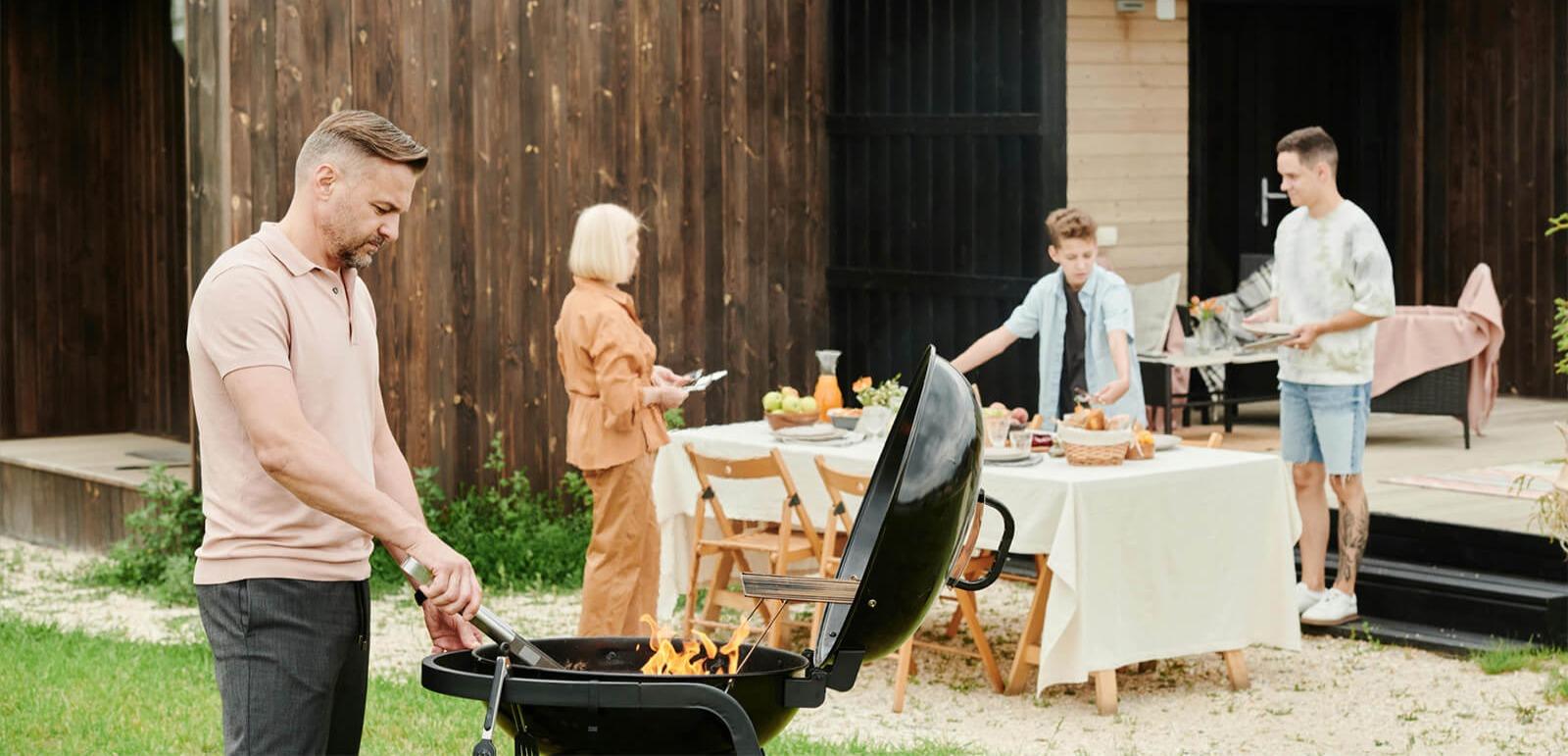True View Commercial Reviews: Heating Fire Causes
THE TAKEAWAYS
-
Heating equipment is a leading cause of residential fires in the U.S., causing over 44,000 fires and $1 billion in annual property losses, with North Texas homes especially vulnerable during cold snaps.
-
Space heaters, chimneys, and outdated furnaces are the most common culprits, often sparking fires due to poor maintenance, unsafe clearances, or faulty wiring.
-
Smoke and soot damage can be more destructive than flames, spreading through ductwork, attics, and hidden wall cavities—making professional cleaning and sealing essential to prevent odor and corrosion.
-
Restoration timelines vary widely: smaller “clean, seal, and paint” projects average 2–3 months, while full gut and rebuilds can stretch 12–18 months or more, depending on scope and insurance response.
-
A licensed Public Adjuster like True View Commercial ensures homeowners receive fair settlements, uncovering missed damages, managing communication with carriers, and overseeing complete recovery from claim to close.
Each winter, as temperatures dip across North Texas, homeowners begin firing up furnaces, space heaters, fireplaces, and other heating equipment to stay warm. Unfortunately, these same systems account for thousands of residential fires every year—many of which are preventable. For property owners, understanding how heating fires start, what damage they cause, and how the restoration and insurance process unfolds can make all the difference between a quick recovery and months of frustration.
In this review, True View Commercial discusses the causes, impacts, and recovery processes associated with residential heating fires in the Dallas–Fort Worth (DFW) region, and explains how a Public Adjuster protects homeowners during one of the most challenging events they can experience.
The Reality of Heating Fires in the U.S. and Texas
According to data from the National Fire Protection Association (NFPA), heating equipment remains one of the leading causes of home structure fires, second only to cooking. Each year in the United States, heating-related fires cause an estimated:
Texas ranks high among states reporting heating fires due to its large number of single-family homes with mixed heating systems. In the DFW metroplex, heating fires often occur during sudden cold snaps when residents use space heaters, fireplaces, or outdated furnace systems that haven’t been serviced in years.
Common Types of Residential Heating Fires
Heating fires can originate from a range of sources. Below are the most frequent culprits True View Commercial encounters during fire loss investigations in North Texas:
1. Space Heater Fires
Portable space heaters are convenient but dangerous. They’re responsible for roughly 44% of all heating-related house fires and 86% of related deaths nationwide. Fires often start when the heater is too close to curtains, bedding, or furniture. In DFW, space heater incidents often occur in bedrooms or garages—areas with clutter and limited ventilation.
2. Fireplace and Chimney Fires
Improperly maintained chimneys accumulate creosote, a highly flammable residue from wood smoke. When it ignites, temperatures can exceed 2000°F, cracking masonry and sending flames into attics or wall cavities. Even “contained” chimney fires can spread soot and acidic smoke throughout the home.
3. Furnace and HVAC Fires
Aging gas furnaces, dirty burners, or cracked heat exchangers can cause gas leaks or internal fires. Electrical short circuits in HVAC systems are another common cause, particularly when homeowners overload circuits or fail to change filters that restrict airflow.
4. Electrical and Extension Cord Fires
Space heaters, blowers, or radiant heaters plugged into low-gauge extension cords can overheat wiring, igniting outlets or baseboards. Fire investigators frequently trace these losses back to undersized cords or old receptacles in older Dallas-area homes.
5. Outdoor Unit and Garage Fires
Propane heaters, portable torpedo-style heaters, and garage work heaters present additional risks when used near fuel, paint, or flammable vapors. These fires often spread rapidly because of poor ventilation and stored combustibles.
Understanding the Damage: Structural, Smoke, and Contents
Heating fires rarely stay confined to the point of origin. Even a small blaze can spread destructive byproducts throughout the home:
Structural Damage
Direct flame exposure destroys drywall, framing, insulation, and electrical systems. In attic or chimney fires, roof structures may require complete replacement. Even when framing remains intact, charring weakens wood fibers and must be cleaned, sealed, or replaced to prevent odor re-emergence.
Smoke and Soot Damage
Smoke behaves like a gas—it seeps through walls, light fixtures, and ventilation systems. In many DFW homes, HVAC returns and attic chases draw soot into hidden spaces. The result is pervasive contamination requiring specialized cleaning, HEPA vacuuming, ozone or hydroxyl treatment, and sealing to eliminate odor molecules.
Contents Damage
Furniture, clothing, electronics, and personal items absorb soot and odor rapidly. Synthetic materials such as plastics or fabrics can permanently discolor within minutes of exposure. True View Commercial’s experience shows that contents losses in heating fires can exceed 25–40% of total claim value depending on the severity of smoke infiltration.
Restoration Timelines: What to Expect
The path from loss to restoration depends on the scope of damage and the insurer’s response. On average:
-
Clean, Seal, and Paint (Light to Moderate Fire):
2 to 3 months, including contents cleaning, deodorization, and surface restoration.
This applies to fires confined to one or two rooms or limited to smoke damage.
-
Full Gut and Reconstruction (Severe Fire):
12 to 18 months or longer.
These cases involve full demolition, rebuilds of framing, roofing, mechanical systems, and interior finishes. Permitting delays, contractor availability, and insurance negotiations often extend timelines.
A knowledgeable Public Adjuster helps the insured understand these stages, advocates for proper repair scopes, and ensures all necessary mitigation steps—such as HVAC cleaning, duct sealing, or attic insulation replacement—are included in the claim.
The Insurance Landscape: Payouts and Pitfalls
Nationally, insurance carriers pay out over $1.1 billion annually for heating-related fire claims. However, many homeowners receive less than what’s required to restore their homes fully. Carrier estimates frequently omit hidden damages such as:
-
Smoke penetration into closed cavities or attic voids
-
Microsoot contamination behind walls and ceilings
-
Undervaluation of contents replacement costs
-
Excluded line items for deodorization, sealing, or air scrubbing
True View Commercial routinely sees tens of thousands of dollars in missed scope items in initial carrier estimates. A licensed Public Adjuster can identify these oversights, prepare a comprehensive claim package, and negotiate fair settlement values that reflect the true cost of restoration.
Why a Public Adjuster—and Why True View Commercial?
After a heating fire, homeowners are often overwhelmed. Between emergency board-up, relocation, smoke odor, and constant carrier communication, it’s easy to lose control of the process. That’s where a Public Adjuster (PA) steps in.
Unlike contractors or insurance company adjusters, a PA works exclusively for the policyholder—not the carrier. True View Commercial’s team of licensed experts:
-
Conducts a full damage assessment, including hidden smoke migration
-
Reviews your insurance policy to identify applicable coverage and exclusions
-
Prepares and submits detailed estimates, photos, and documentation
-
Negotiates directly with the insurance company to secure full compensation
-
Coordinates with trusted restoration and remediation professionals
For heating fires in particular, these services can dramatically shorten timelines and ensure the restoration meets professional standards—not minimal insurer allowances.
The True View Commercial Difference
True View Commercial is based in Dallas–Fort Worth and handles residential and commercial fire losses across Texas. Our adjusters are trained in fire behavior, building science, and insurance estimating platforms like Xactimate, giving clients an advantage during claim settlement. We focus on:
-
Ensuring coverage is applied correctly
-
Capturing all components of the loss, from odor sealing to HVAC cleaning
-
Advocating for full replacement of smoke-damaged finishes and contents
-
Overseeing the process from claim to close
Our philosophy is simple: homeowners deserve a clear path to recovery and a partner who understands both the construction and insurance sides of the process.
Heating fires are among the most destructive and emotionally taxing residential losses a homeowner can experience. While they often start from something as small as a tipped-over space heater or a neglected chimney, their aftermath can engulf a family’s home and possessions for months.
Whether your loss is limited to smoke and soot or involves full structural rebuild, having True View Commercial and a licensed Public Adjuster on your side ensures your claim is handled correctly from the start. We don’t just document the loss—we guide you through every step, ensuring that your restoration, reimbursement, and peace of mind are fully restored.
If your home has been affected by a heating fire, contact True View Commercial today to discuss your insurance claim. Our licensed Public Adjusters serve all of North Texas, including Dallas, Fort Worth, Plano, Frisco, and Arlington, and are ready to help you recover—quickly and completely.



